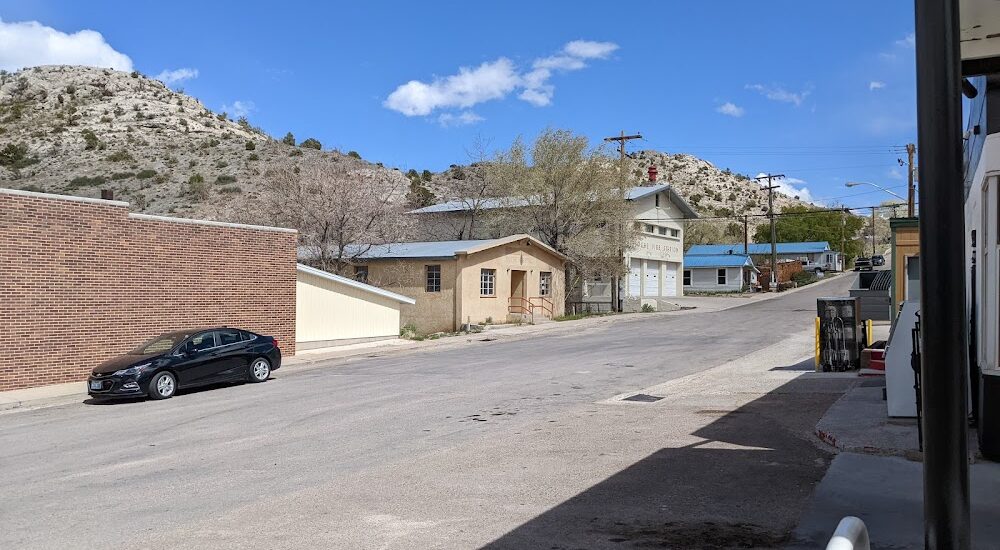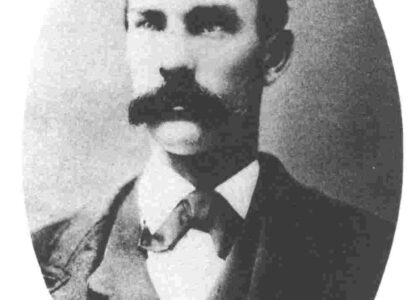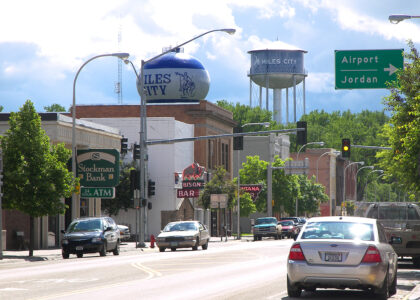Welcome to Pioche, Nevada, where history whispers through every corner. Nestled in this rugged landscape is the Old Pioche Hospital, a landmark that tells a unique story of the town’s past. Pioche itself has a notorious reputation as one of the roughest towns in the Old West, a silver-mining town that saw its fair share of violence and intrigue.
The Old Pioche Hospital is closely connected to the story of Dr. Quincy Fortier, a fertility doctor whose practices would later spark controversy. This unassuming establishment holds tales of life and healing amidst a backdrop of chaos and lawlessness that defined Pioche in the late 19th century.
Pioche’s story begins in 1864 with the opening of a silver mine, which drew settlers seeking fortune. However, conflict with local Indian tribes soon drove them away. The area was reoccupied after the raids ceased, thanks in part to the investments of François Louis Alfred Pioche, a financier from San Francisco who lent his name to the town.
By the 1870s, Pioche had become a bustling hub, known as much for its silver as for its violent reputation. The town’s remote location meant that law enforcement was scarce, leading to frequent disputes over mining claims, often settled with gunfire. In fact, Pioche was so notorious that it was reported nearly 60 percent of Nevada’s homicides in 1871-72 occurred here.
The Old Pioche Hospital stands as a silent witness to this tumultuous era. Though initially a place of healing, it later became associated with Dr. Quincy Fortier, whose fertility treatments would come under scrutiny in modern times, adding another layer to the hospital’s complex history.
As you explore Pioche, imagine the bustling streets of the past, the mix of miners, merchants, and gunslingers that once walked here. The Old Pioche Hospital is more than a building; it’s a testament to the town’s resilience and its evolving story.






